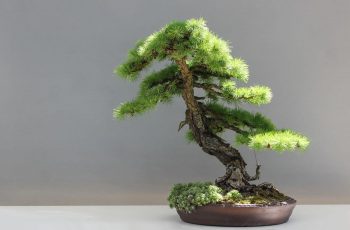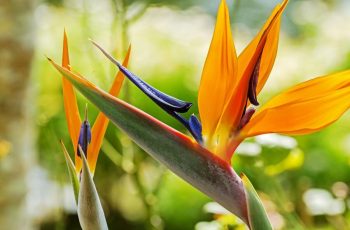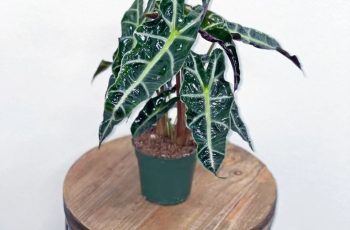Looking to enrich your garden with the vibrant Orange Bird of Paradise? This guide provides essential information on propagating and maintaining this stunning plant, renowned for its tropical allure.

Key Insights
- Plant Overview: The Orange Bird of Paradise, scientifically known as Strelitzia reginae, is native to South Africa. Its bright orange and blue flowers resemble a crane in flight. This plant thrives in well-drained soil and requires ample sunlight, making it perfect for gardens or well-lit indoor spaces.
- Soil Requirements: For outdoor planting, use rich, organic matter, amending the soil with compost and slow-release fertilizer. Incorporate perlite or lava rocks to enhance soil aeration. When planting indoors, a well-draining potting mix is ideal, with pots featuring sufficient drainage holes. Ensure the container is slightly larger than the root ball for optimal growth.
- Light Needs: The Orange Bird of Paradise flourishes in full sun but can also adapt to partial shade. Indoor plants need bright light with some direct sun exposure to promote flowering while avoiding scorch from intense midday sun.
- Watering and Humidity: Regular watering is crucial, keeping the soil consistently moist but not waterlogged. During spring and summer, daily watering may be necessary due to high moisture transpiration. As a tropical plant, it enjoys high humidity; misting the leaves regularly can help maintain adequate moisture levels.
- Temperature Preferences: This plant prefers temperatures above 60°F and is sensitive to frost. If grown outdoors, bring the plant inside during colder months. Apply mulch around the base in winter for added protection.
- Fertilization: Use a balanced fertilizer with a 1:1:1 NPK ratio, applying it monthly during the growing season to support robust growth and vibrant blooms. Follow package directions to prevent overfeeding.
- Pruning: Regular pruning is essential for maintaining the plant’s appearance. Remove dead or damaged leaves promptly. For substantial pruning, do so in spring, cutting back stems to about an inch above the ground.
- Propagation: The most effective propagation method is root division, especially for mature plants. Alternatively, seeds can be used; soak them for 24-48 hours before planting in well-draining soil.
- Toxicity: Caution is advised as the Orange Bird of Paradise is toxic to pets. Symptoms of ingestion include drowsiness and mild nausea. Ensure the plant is kept out of reach of animals.
- Pests and Diseases: Common pests include scale insects and aphids. Regularly check the plant and treat infestations with insecticidal soap. The plant can also be susceptible to gray mold and root rot, particularly if overwatered. Prompt action is necessary to treat these issues.
- Final Thoughts: The Orange Bird of Paradise is a low-maintenance plant that adds exotic beauty to any setting. With proper care—adequate sunlight, consistent watering, and regular pruning—you can enjoy its vibrant blooms for years. Whether propagating through root division or seeds, this plant is an excellent choice for enhancing your garden or indoor space.

By following these guidelines, you can ensure your Orange Bird of Paradise thrives, bringing a tropical flair to your home or garden. Enjoy the rewarding experience of nurturing this beautiful plant!




